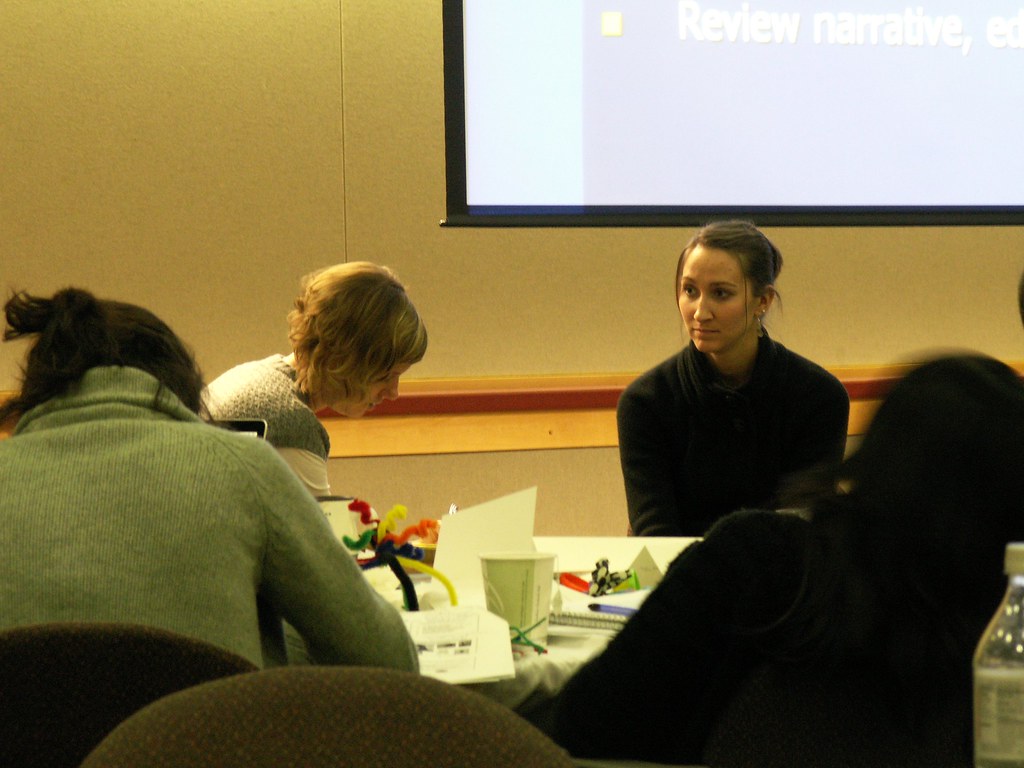+
These are challenging times. Kitsap Mental Health Services is at the forefront of a movement away from a "sick care" system to a "health care" system. A while back, Dale Jarvis came to present to KMH staff on heath care reform, as has been covered in a previous post here. Here is an op-ed that just appeared by the exec at KMHS Joe Roszak for the Kitsap Sun newspaper on the subject. -gw
+
Letters to the Editor
+
MY TURN | Strengthening our mental health care system
+
Joe Roszak is executive director of Kitsap Mental Health Services.
+
Published Wednesday, December 26, 2012
+
With yet another horrific tragedy resulting in the loss of many innocent, young lives, desperate discussions are focusing on how to prevent such events from ever occurring again. Out of the fevered discussions which encompass gun limits, bulletproof backpacks, improved building security measures, better threat assessments, arming professionals with lethal responses, slowly coming to the fore is the issue of mental health services.
+
The question is: "How can our community increase the capacity of our behavioral health care system?" The reasons to do so are clear. Mental Health and addictions are a public health priority. We know behavioral health prevention works. Mental illness and substance addiction is treatable. Very importantly, recovery is possible. Years of research and work in the field even tells us there are known effective individual, family, and community based strategies that can make our little corner of the world a safer and more compassionate place for all who live here. The constant challenge is being able to fiscally sustain the programs and services. The harsh economics of the past few years has taken a severe toll, not only on mental health services, but many other significant community safety net services. However, the success of behavioral health treatment and the value of prevention and early intervention have not been diminished over the years. We have the capability to provide effective treatment, what we lack is the capacity to do so.
+
Perhaps of most value is the ability to provide behavioral health screening and assessments for individuals. Much like preventive cancer screening, many mental illnesses can be effectively identified through a basic mental health exam. Screening and early intervention for children, teens, adults, and older adults at schools, primary care offices, emergency rooms, and other health providers for mental health and for alcohol and other substance use concerns can identify early on, depression, anxiety, other mental illnesses and substance use before they become more deeply rooted. Such screening can and should become routine, and followed by discussions regarding possible interventions and treatment, just like any other illness.
+




































